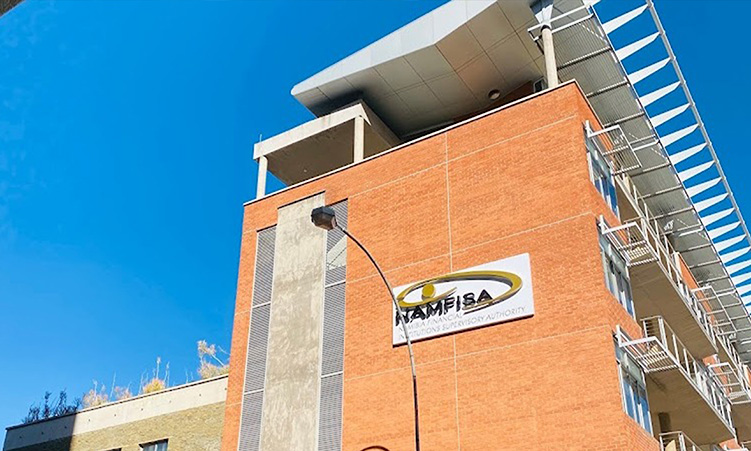Non-banking financial institutions sector assets are now standing at N$474.1 billion as at the end of December 2024.
The sector currently has 1 027 entities and 14 701 intermediaries comprising insurance companies, the medical aid industry, retirement funds, linked investment service providers, collective investment schemes, friendly societies, and microlenders.
Of the N$474.1 billion, retirement funds and the investment management sector were the largest contributors, according to the quarterly report of the Namibia Financial Institutions Supervisory Authority (Namfisa).
The retirement funds industry’s total assets increased by 10.8% on an annual basis, reaching N$262.8 billion.
The sector had 76 active entities with a total active membership base of 412 593.
“Asset growth was primarily driven by the combination of favourable investment market conditions and a stable demand for retirement fund products,” the report reads.
The investment management sector saw an increase in assets under management, reaching N$284 billion.
“The growth was driven by new investments, interest income, and dividend earnings from existing portfolios,” the report reads.
The sector has recorded 35 active entities.
Long-term insurance industry assets contributed N$83.8 billion, while short-term insurance industry assets grew to N$9.1 billion.
The short-term insurance industry has 14 entities and 3 136 intermediaries.
“The long-term insurance industry’s size in terms of the number of active players reported a total of 14 entities and 11 565 intermediaries during the period under review.
Another contributor was the medical aid industry, which reported total assets reaching N$2.8 billion.
According to Namfisa, this growth was driven by new investments and organic growth in investment values.
“Eight entities were active during the quarter, with the total number of beneficiaries being 219 790,” the report reads.
The microlending sector, which has the largest number of registered entities at 796, saw an increase in its loan book of 12.8%.
This means by the end of 2024, these entities were owed N$8.1 billion.
“Term lender loans, which constituted 94% of the total loan book, grew by 10.7% quarterly to N$7.6 billion,” the report says.
Meanwhile, assets of collective investment schemes increased by 16.1% year on year to N$103.5 billion.
This was due to new investments, interest income, and dividend distribution.
“Contributions from companies and households remained the dominant source of inflows. During the quarter under review, there were 21 active entities,” the report states.
Linked investment service providers reached an asset value of N$18.8 billion, with four active entities.
Namfisa says this growth was driven by interest income, dividends, and inflows from clients seeking diversified investment opportunities.
Stay informed with The Namibian – your source for credible journalism. Get in-depth reporting and opinions for
only N$85 a month. Invest in journalism, invest in democracy –
Subscribe Now!










